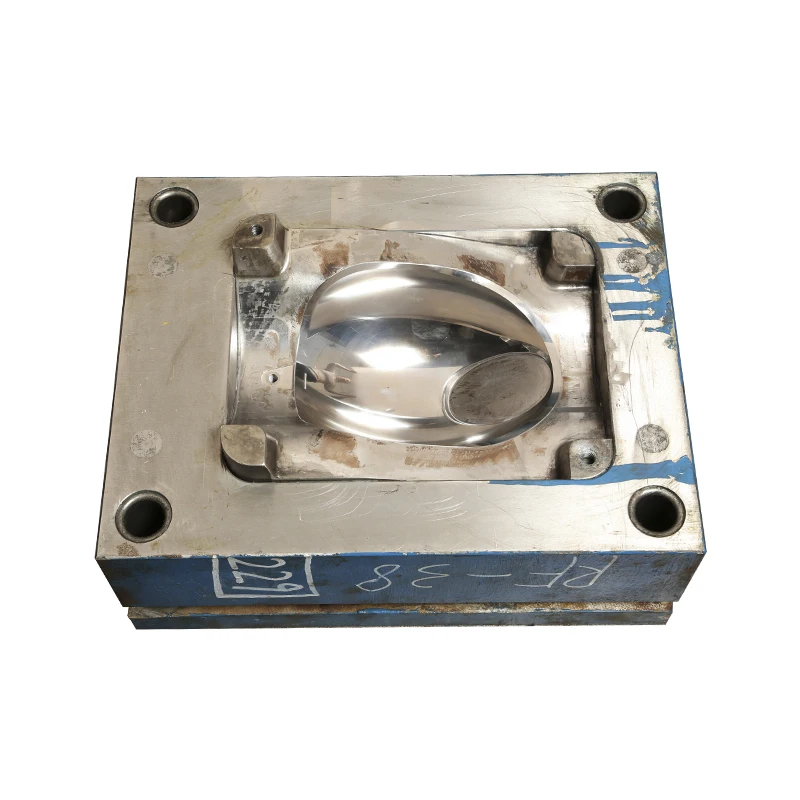Injection molded medical devices are revolutionizing the healthcare industry by providing high-quality, precise, and cost-effective solutions for a wide range of medical applications. This manufacturing process involves melting medical-grade plastics and injecting them into molds to create specific shapes and components. The versatility, efficiency, and precision of injection molding make it an ideal choice for producing medical devices that meet stringent regulatory standards and performance requirements.
Advantages of Injection Molded Medical Devices
1. Precision and Consistency: Injection molding offers unparalleled precision and consistency, which is crucial for medical devices that require exact specifications. The process ensures that each component is produced to the same high standard, reducing the risk of defects and ensuring reliable performance. This is particularly important for devices that are used in critical medical applications, where even minor deviations can have significant consequences.
2. Cost-Effectiveness: One of the primary benefits of injection molded medical devices is their cost-effectiveness. The initial investment in tooling and molds can be high, but the cost per part decreases significantly with high-volume production. This makes injection molding an economical choice for manufacturing large quantities of medical devices, such as syringes, catheters, and surgical instruments.
3. Material Versatility: Injection molding supports a wide range of medical-grade materials, including thermoplastics, thermosetting plastics, and elastomers. These materials can be selected based on their biocompatibility, sterilization requirements, and mechanical properties. Common materials used in injection molded medical devices include polypropylene, polyethylene, polycarbonate, and silicone.
4. Compliance with Regulatory Standards: Injection molded medical devices must comply with strict regulatory standards set by bodies such as the FDA and ISO. The controlled nature of the injection molding process makes it easier to meet these standards, ensuring that the devices are safe and effective for patient use. Facilities producing these devices often adhere to ISO 13485 standards, which specify requirements for a quality management system in the medical device industry.
5. High-Volume Production: Injection molding is well-suited for high-volume production, allowing manufacturers to produce large quantities of identical parts quickly and efficiently. This scalability is essential for meeting the growing demand for medical devices, especially in times of public health crises or increased healthcare needs.
Applications of Injection Molded Medical Devices
Injection molded medical devices are used in a variety of applications, including:
Surgical Instruments: Precision tools such as scalpels, forceps, and retractors.
Diagnostic Equipment: Components for devices like blood glucose meters, diagnostic test kits, and imaging equipment.
Drug Delivery Systems: Syringes, insulin pens, and inhalers.
Implants and Prosthetics: Orthopedic implants, dental devices, and prosthetic limbs.
Patient Care: IV tubes, catheters, and respiratory devices.
The Injection Molding Process
The injection molding process for medical devices involves several key steps:
Mold Design: A mold is created to match the exact geometries and measurements of the medical device.
Material Preparation: Medical-grade plastic resins are fed into a heated barrel and mixed.
Injection: The molten plastic is injected into the mold.
Cooling: The plastic cools and hardens within the mold.
Ejection: The hardened part is removed from the mold.
Future Trends in Injection Molded Medical Devices
The future of injection molded medical devices looks promising, with advancements in materials science and manufacturing technologies driving innovation. Trends such as the integration of additive manufacturing (3D printing) for mold creation, the use of biocompatible polymers, and the adoption of automation and robotics in the injection molding process are set to enhance the efficiency and capabilities of medical device production.
Conclusion
Injection molded medical devices are at the forefront of medical technology, offering precision, cost-effectiveness, and compliance with regulatory standards. As the demand for high-quality medical devices continues to grow, injection molding will remain a critical manufacturing process, enabling the production of reliable and innovative healthcare solutions.
By leveraging the advantages of injection molded medical devices, manufacturers can meet the stringent requirements of the medical industry while delivering products that improve patient care and outcomes.

.jpg)

.jpg)